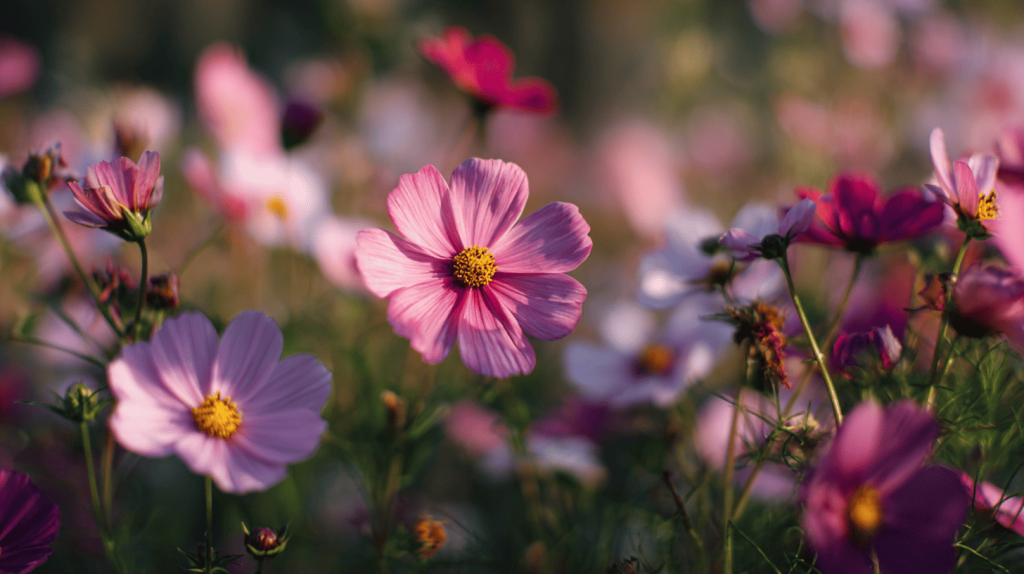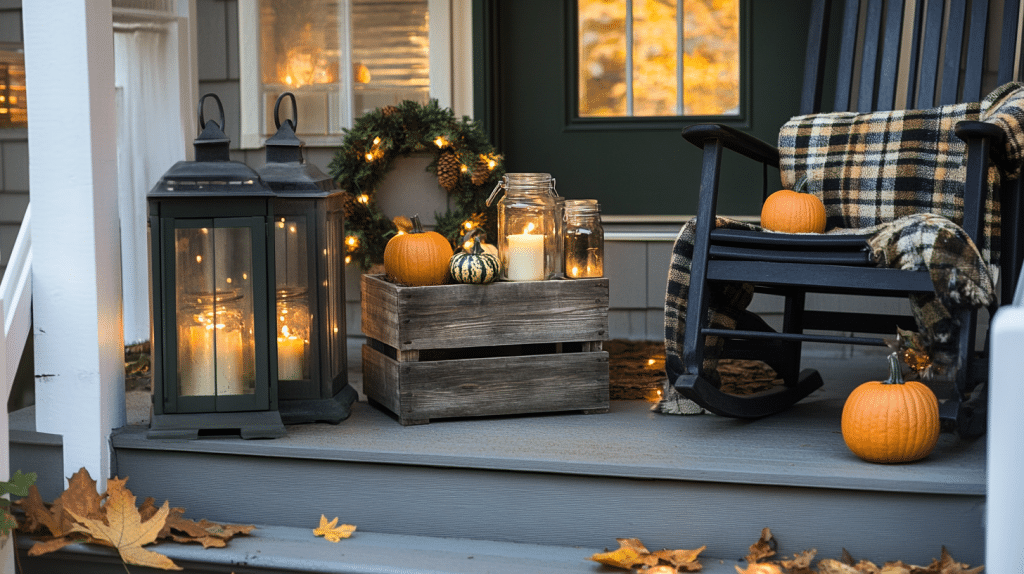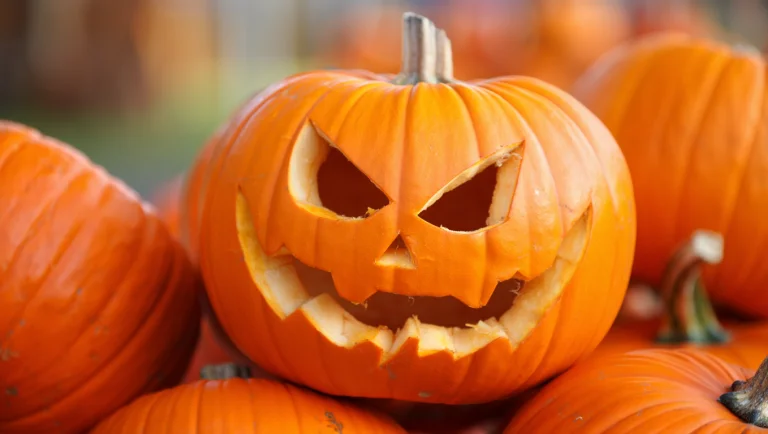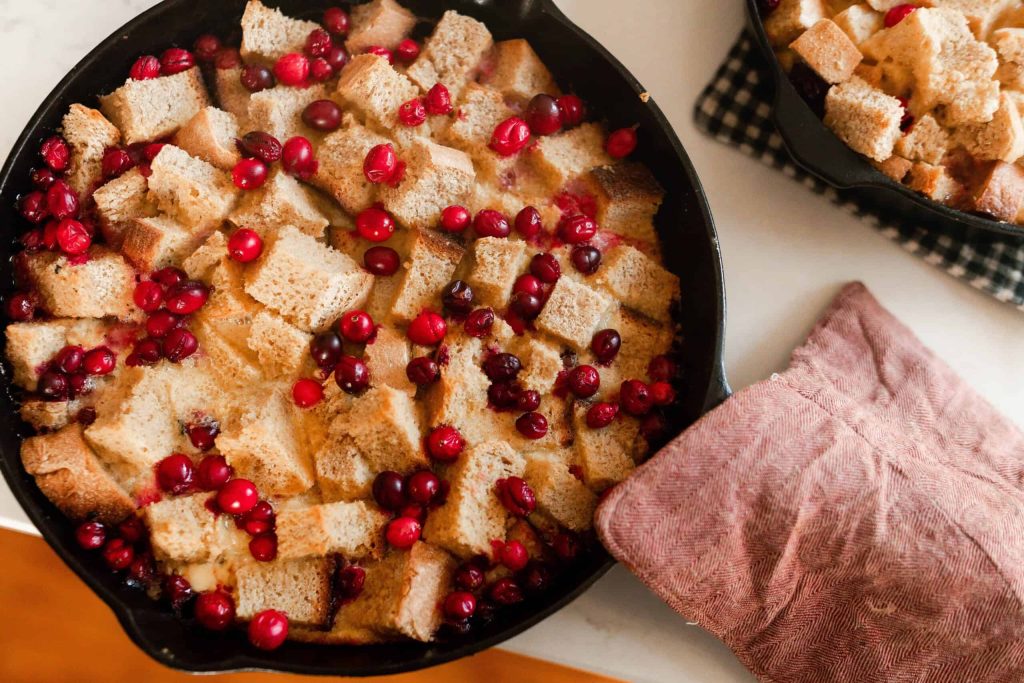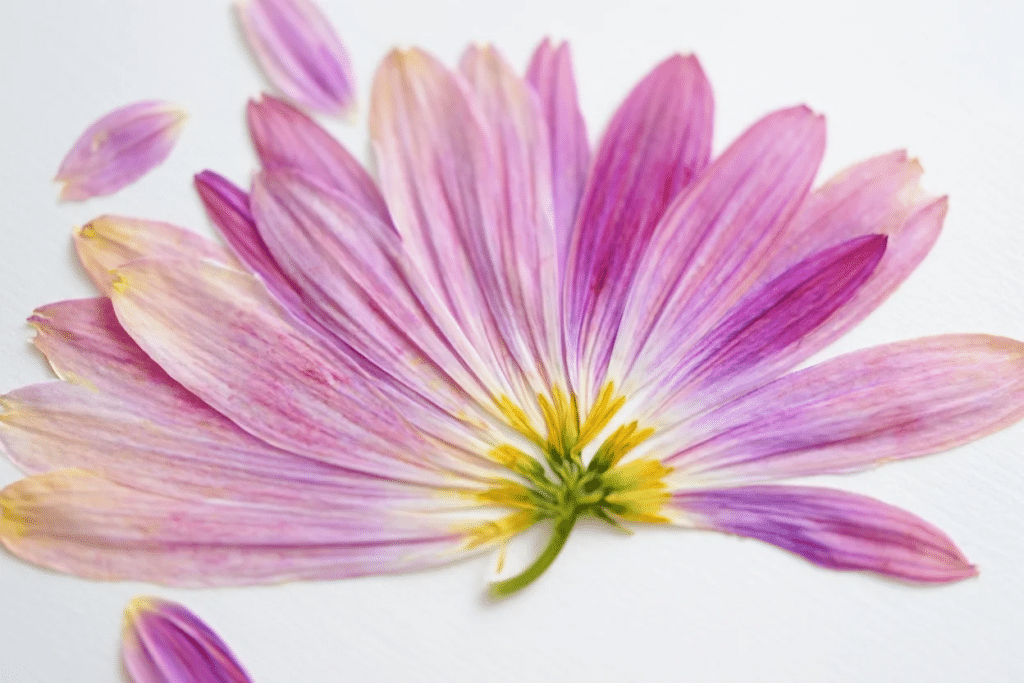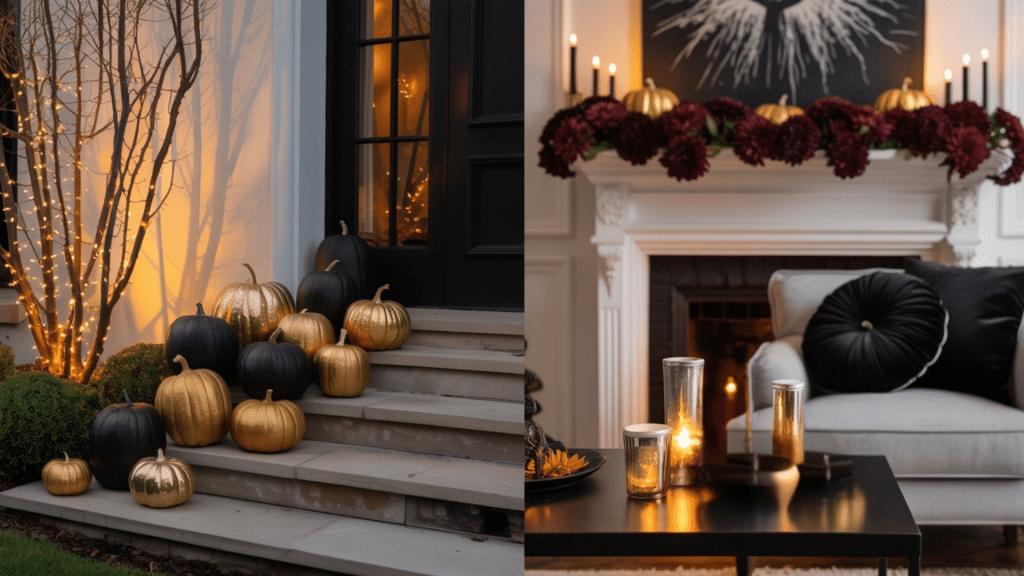Deer ate your petunias again?
It’s heartbreaking to wake up and find your carefully tended flower beds chomped down to nothing. You spend time, money, and effort creating beautiful displays, only to have them destroyed overnight. The frustration builds as you wonder if you’ll ever have a garden that stays intact.
Here’s the surprising truth: some flowers are so unappealing to deer that they’ll walk right past them to find easier meals elsewhere.
While you might think certain popular flowers like marigolds are foolproof solutions, there are actually better options that provide stronger protection and more reliable results.
What Makes a Flower Deer-Resistant?
Deer avoid certain flowers based on specific traits that make them unappetizing or unpleasant. Strong scents, bitter tastes, and rough textures are the main factors that keep deer away from plants.
Marigolds possess many of these deer-deterrent qualities. Their pungent smell and bitter taste naturally repel deer in most situations. The strong scent comes from compounds in the leaves and flowers that deer find offensive.
However, deer behavior can vary depending on circumstances. When food is scarce or deer populations are high, they may eat plants they normally avoid, including marigolds.
The most effective approach combines multiple deer-resistant plants together.
When you plant marigolds alongside other resistant flowers with similar protective traits, you create a stronger barrier that deer are less likely to cross.
Top Deer-Resistant Flowers to Plant in Your Garden
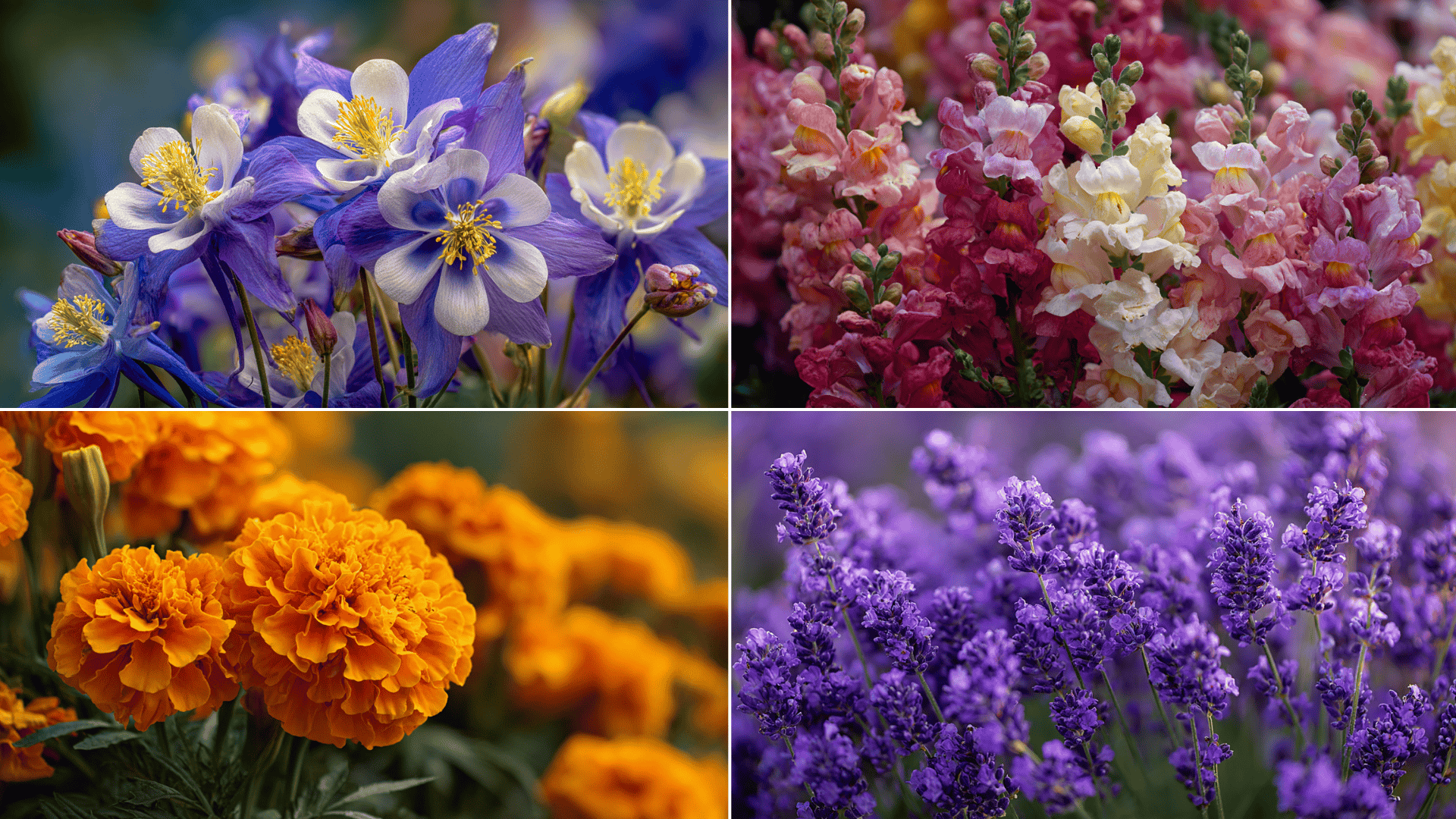
Deer may wander into your yard, but choosing the right plants makes a big difference. These deer-resistant flowers bring beauty and color while standing strong against browsing.
1. Zinnias: Bright, colorful flowers that last a long time. They grow well in sunny spots, and deer usually leave them alone.
2. Cosmos: Light, daisy-like flowers with thin stems. They can grow in poor soil, and deer don’t often eat them.
3. Lavender: Purple flower spikes with silvery leaves. It grows best in dry, sunny places, and deer dislike its strong smell.
4. Snapdragons: Bright flowers that look like dragon mouths. They bloom all season and taste bitter, so deer stay away.
5. Salvia: Tall spikes with purple or red flowers. It’s tough and drought-resistant, and deer don’t like its strong scent.
6. Bee Balm (Monarda): Spiky, bright flowers that attract bees. Deer avoid them because of the rough leaves and herbal smell.
7. Coreopsis: Yellow flowers that bloom all summer. Their tough leaves make deer less interested.
8. Yarrow: Fern-like leaves with colorful flower clusters. It’s tough and smells strong, so deer don’t like to eat it.
9. Russian Sage: Tall stems with lavender-blue flowers and silvery leaves. The smell and texture keep deer away.
10. Marigolds: Bright orange flowers with a strong smell. Deer dislike their bitter taste, but sometimes deer will still try them.
11. Dianthus (Pink): Frilly, colorful flowers with a spicy scent. Their tough leaves make them not tasty to deer.
12. Bleeding Heart: Heart-shaped pink blooms dangle gracefully; toxic foliage ensures deer avoid nibbling.
13. Foxglove (Digitalis): Tall, dramatic flower spires; bitter, toxic nature keeps deer away consistently.
14. Clematis: Climbing vines with large, showy flowers; fuzzy stems and leaves discourage deer feeding.
15. Columbine: Jewel-toned flowers with spurred petals; mildly toxic, making them unattractive to deer.
16. Dutch Iris: Graceful purple blooms in spring; bulbs and foliage are naturally avoided by deer.
17. Coneflower (Echinacea): Daisy-like blooms with spiny centers; bitter leaves deter deer browsing effectively.
18. Blanket Flower (Gaillardia): Fiery red-yellow petals; spiky leaves make it unattractive to deer.
19. Lupine: Tall flower spikes in bold shades; toxic compounds discourage deer.
20. Hellebores: Winter-blooming flowers in pastels; poisonous nature keeps deer away.
21. Globe Thistle (Echinops): Spiny, globe-shaped blue blooms; prickly texture prevents deer damage.
22. Snowdrop: Early-blooming white bells; toxic plants deer naturally avoid.
23. Osteospermum (African Daisy): Brightly colored flowers with a strong scent; bitterness repels deer.
24. Petunias: Trumpet-shaped flowers in many hues; bitter taste makes them less desirable for deer.
25. Calendula: Golden-orange blooms with a strong aroma; scent deters deer from feeding.
26. Rudbeckia (Black-eyed Susan): Yellow petals with dark centers; tough foliage resists deer browsing.
27. Scabiosa (Pincushion Flower): Soft blooms with aromatic leaves; deer rarely eat them.
28. Verbena: Clusters of colorful flowers; bitter taste makes them unappealing to deer.
29. Nicotiana (Flowering Tobacco): Tubular flowers with evening fragrance; toxic nature keeps deer away.
30. Achillea (Yarrow): Flat flower clusters with fragrant leaves; tough texture deters deer.
31. Coreopsis (Tickseed): Bright, cheerful daisy-like flowers; resilient plants deer usually avoid.
32. Sedum: Succulent leaves and late-season flowers; waxy texture repels deer.
33. Sweet Pea: Fragrant climbing vines; toxic compounds prevent deer from feeding.
34. Gaura (Bee Blossom): Airy pink-white blossoms; delicate foliage deters deer.
35. Cosmos Bipinnatus: Fern-like leaves and dainty blooms; light texture keeps deer uninterested.
36. Feverfew: Daisy-like flowers with pungent aroma; bitter taste repels deer.
37. Foxglove (Digitalis): Repeated entry: tall, toxic flowers; deer consistently avoid them.
38. Hosta: Shade-loving foliage plants; some varieties are deer-resistant due to toxicity.
39. Coral Bells (Heuchera): Colorful foliage with spicy scent; tough leaves discourage deer browsing.
Tips to Maximize Protection With Deer-Resistant Flowers
Using a variety of deer-resistant flowers together can boost your garden’s protection.
- Combine different deer-resistant plants for wider coverage.
- Use companion planting to increase natural deterrence.
- Apply natural repellents regularly to keep deer away.
- Install physical barriers like fences or netting if needed.
- Rotate repellents and plants to prevent deer from adapting.
By following these tips, gardeners can create a stronger, more effective defense against deer.
Wrapping it Up
Marigolds can deter deer, but usually aren’t enough alone. For better protection, plant a mix of deer-repellent flowers like zinnias, cosmos, lavender, and snapdragons, which can make gardens less appealing to deer.
Combining several of these plants creates a stronger barrier, especially when paired with fences, repellents, and a smart layout.
With consistent care and layered strategies, gardeners can enjoy a healthy, colorful garden, giving flowers the best chance to grow and thrive.
Want to go a step further? Look at the yard surfaces deer avoid walking on for more yard-smart ideas that work perfectly alongside deer-resistant flowers.


